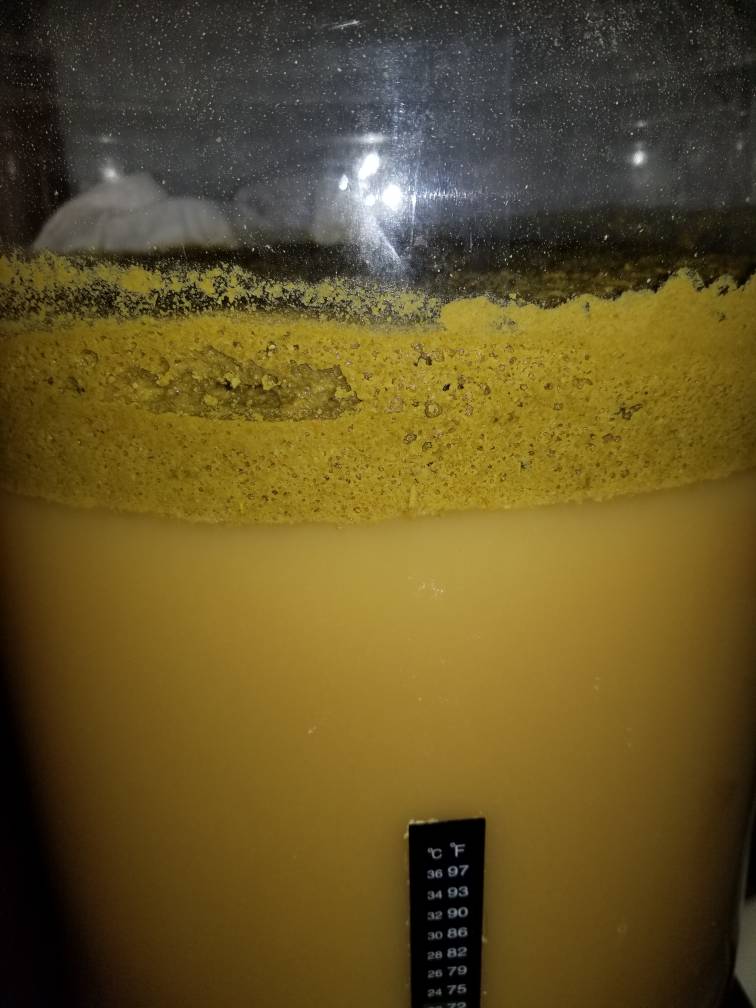I used to use muslin bags but found large tea baskets at World Market. Does anyone just toss their pellets in? Seems like it would end up in the bottles, which I don’t want.
This last time I put maybe 2 1/2 Oz in each basket but it swelled and floated, and clearly didn’t lend aroma very well.
I’ve been thinking of whole cones for this, but I like buying those hops in bulk for a better price.
This last time I put maybe 2 1/2 Oz in each basket but it swelled and floated, and clearly didn’t lend aroma very well.
I’ve been thinking of whole cones for this, but I like buying those hops in bulk for a better price.




